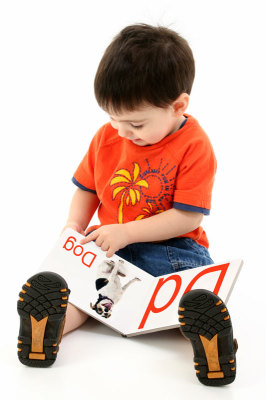How We Teach
 At ABI, we feel that it’s crucial to our kids’ success to incorporate the latest research into our practice. We use a wide variety of evidence-based procedures based on the principles of applied behavior analysis (ABA) to maximize each child’s success.
At ABI, we feel that it’s crucial to our kids’ success to incorporate the latest research into our practice. We use a wide variety of evidence-based procedures based on the principles of applied behavior analysis (ABA) to maximize each child’s success.
Throughout each child’s sessions, we use a combination of two overall teaching formats, adult-led teaching, known as discrete trial training or DTT and child-led teaching, known as naturalistic teaching. Both of these methods involve breaking skills down into simple pieces ensuring success and then re-combining these pieces into more complex skills.
DTT is the more structured, adult-led teaching approach, where the adult selects the specific skill to be worked on based on the individual child’s areas of need, and practices this skill with the child within a structured teaching setting with minimal distractions. The specific skill being worked on with the child is typically repeated until the child can respond correctly and independently.
Naturalistic teaching is a less structured, child-led approach, where the child selects the skill to be worked on within a play-based setting. ABI uses a variety of naturalistic teaching procedures including natural environment training (NET), pivotal response training (PRT) and incidental teaching. Using naturalistic teaching, the adult follows the child’s interests and structures teaching opportunities around whatever the child is interested in on a moment to moment basis.
At ABI, we use a combination of DTT and naturalistic teaching strategies, along with many other ABA-based procedures, such as mixed verbal behavior, fluency training, video modeling, picture activity schedules, and so on to teach skills from basic language, play, and attending to advanced pragmatic language, social perspective taking, planning, problem solving, and academics. We do not adhere rigidly to any one method, but rather use whatever combination of scientifically-based techniques works best for each child
